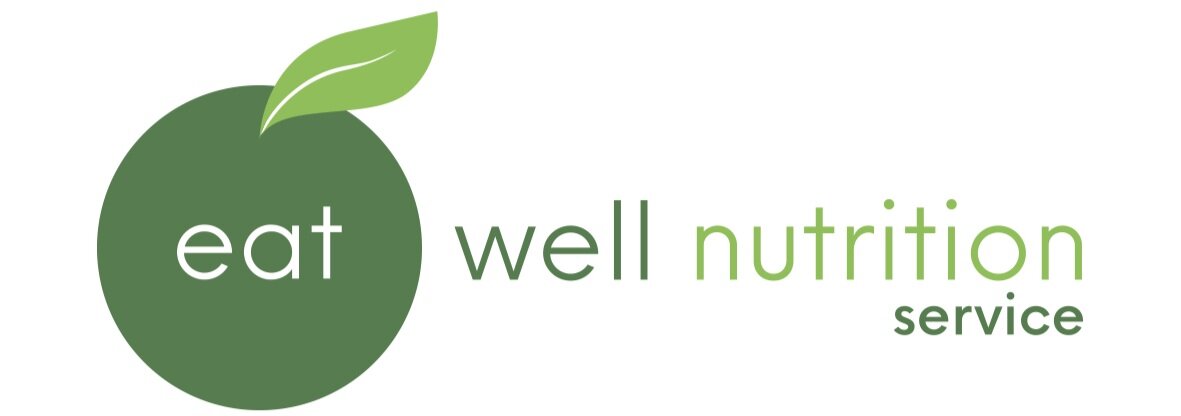Label Reading and Choosing a Healthy Product
The supermarket can be a confusing place. With so many pre-packaged items available, how can you know what is a good product and what is one worth leaving on the shelf?
Aiming to eat less pre-packaged products and more wholesome, natural foods, such as fruit, vegetables, fresh meat and fish is an important diet goal. However for convenience reasons, it’s nice to have a few pre-packaged products in the cupboard at work or at home. Knowing you can grab something on the go that is a nutritious choice is appreciated in our busy lives. In addition, there are some great pre-packaged products out there, which can make a valuable addition to your diet. You just need to know how to find them!
Here are a few tips when it comes to choosing a healthy pre-packaged product:
Ingredients list: This is a simple but very important tip – read what’s in the product. Doing so will give you a great idea as to whether it’s a nutritious option for you or not. Ingredients are listed from most abundant component to least. If fat, sugar or salt is listed as one of the first few ingredients, it’s likely not a very good product. Look for products with few ingredients and with ingredients you recognize – that’s a great start. This is a good rule to follow when searching for yoghurts, for example. Choose brands with fewer ingredients, such as Roaming Cow Dairies Greek and Natural Yoghurts.
Fat: Look for products that contain <10g total fat per 100g. Note that if your product contains ingredients such as nuts and seeds (which contain a large amount of healthy fats), then you’ll need to be more forgiving and allow more fat per 100g. Read the ingredients list to check. An example of a good product that has a higher fat content (due to nuts and the presence of healthy unsaturated fats) is Carman’s Muesli.
Sugar: Choose products that contain <15g sugar per 100g. Beware that products containing dried fruit will contain more sugar, so you can be more forgiving here too, <25 g sugar per 100g is a good guide for such food items. Again, read the ingredients list to check.
Salt: Look for a product that contains <400mg sodium per 100g. If you can choose those with <120mg per 100g, that is even better.
Fibre: Products such as breads and breakfast cereals should be a good source of fibre, so aim for >7.5g fibre per 100g. Goodness Superfoods products are a great place to start when looking for high fibre products.
Use these simple tips when shopping and grab a few products to have on hand. This will help you to avoid being stuck at the Supermarket, starving and staring at the shelves wondering what to buy. Remember, if all else fails, read the ingredients list! That way you know what you’re putting into your body and you can select a product that you are comfortable with.
